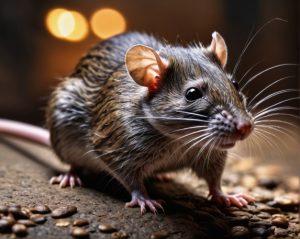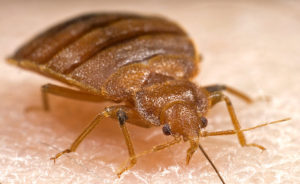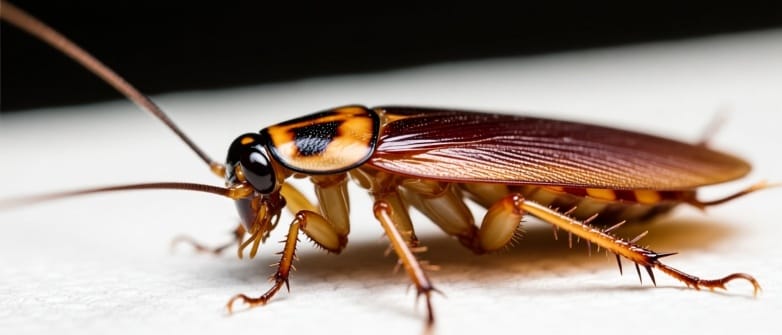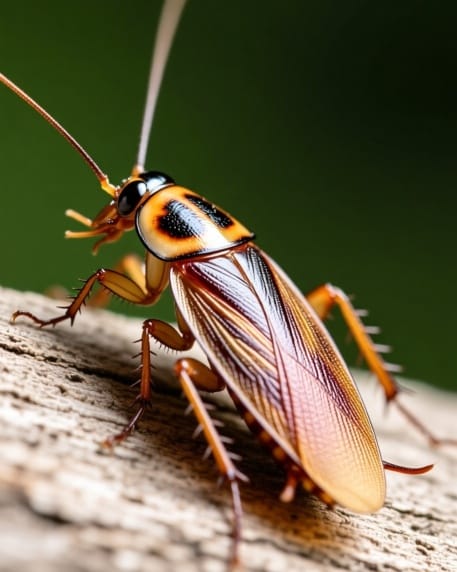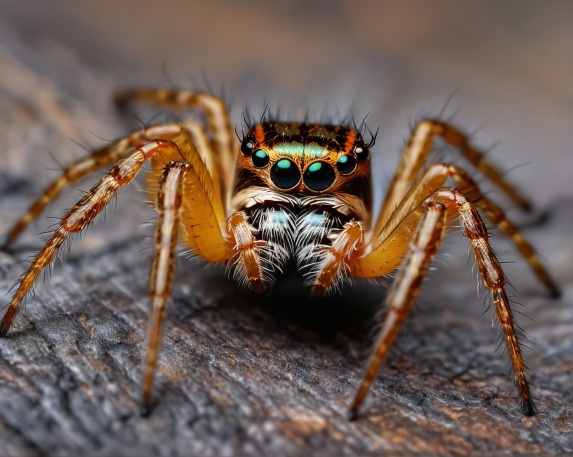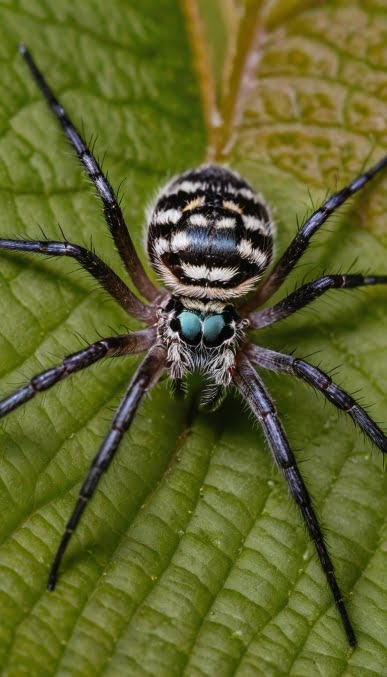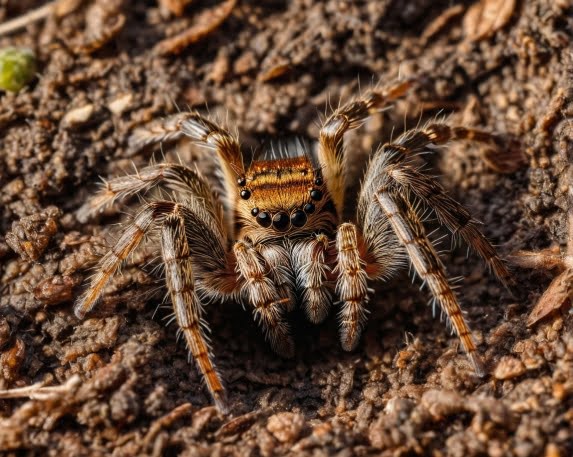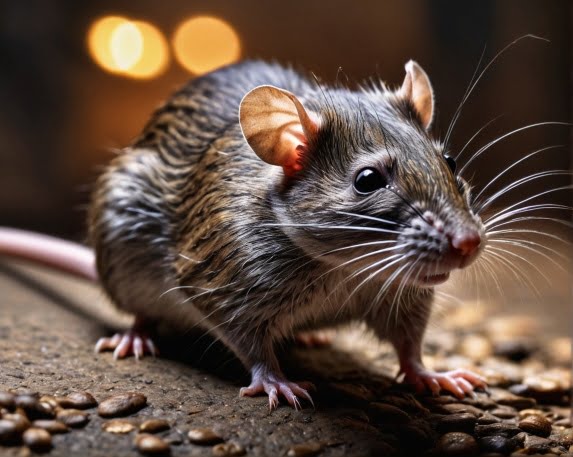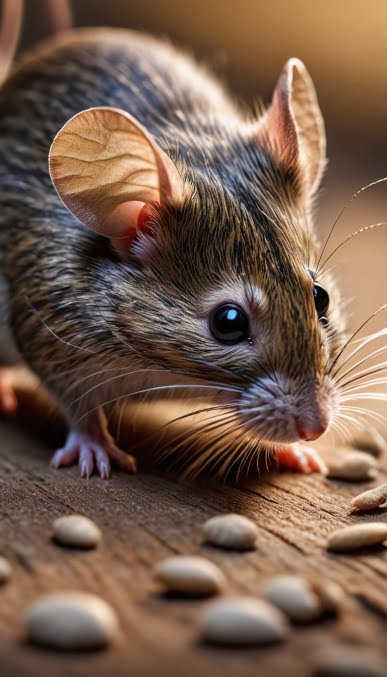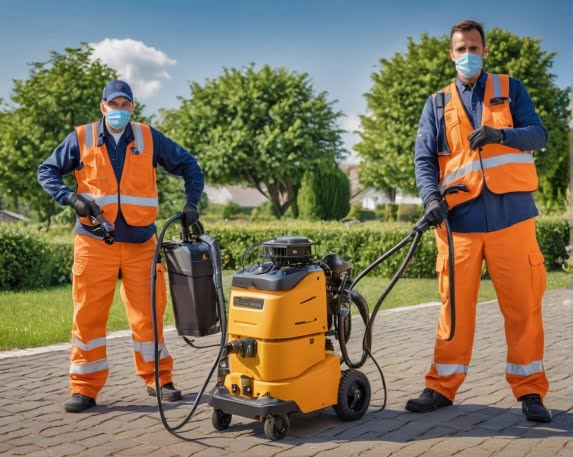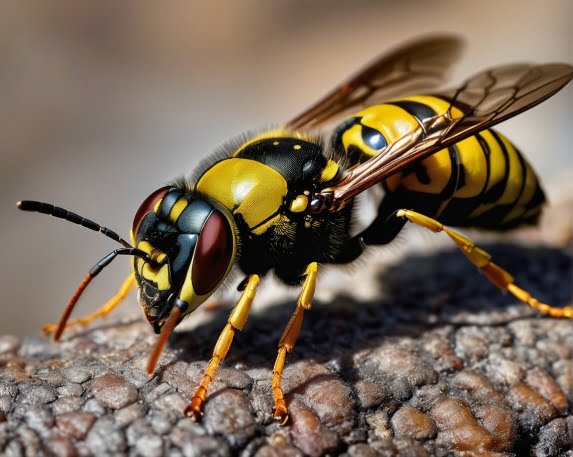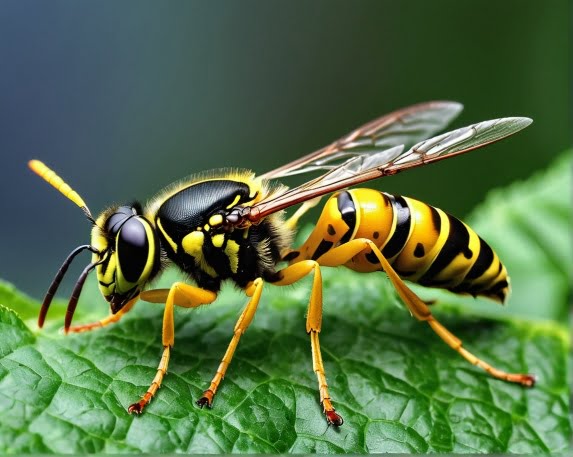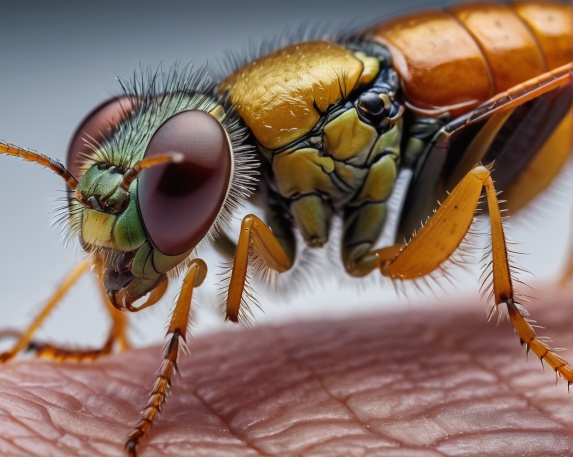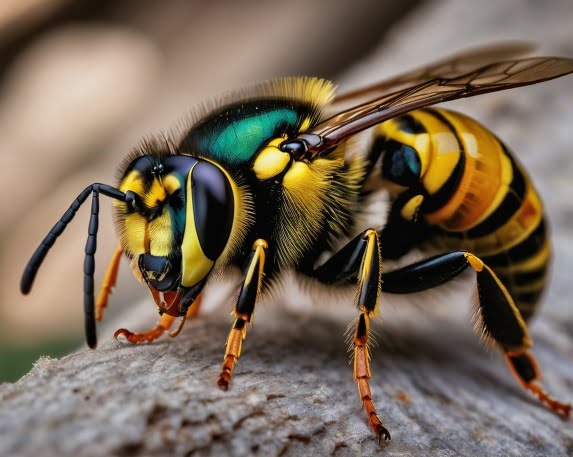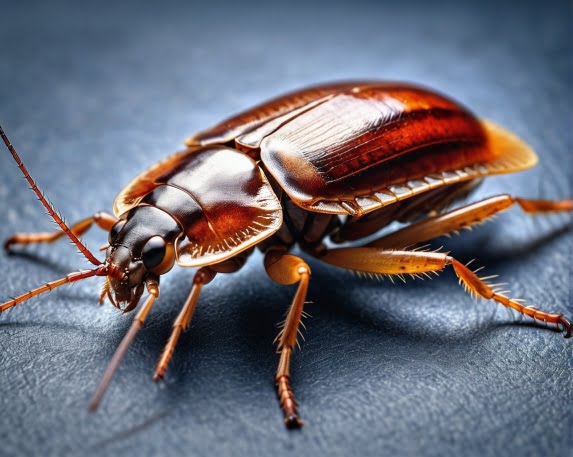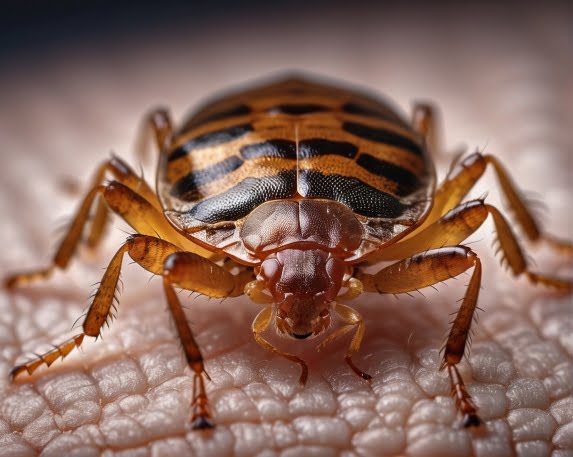The Complete Guide to Keeping Your Property Pest-Free
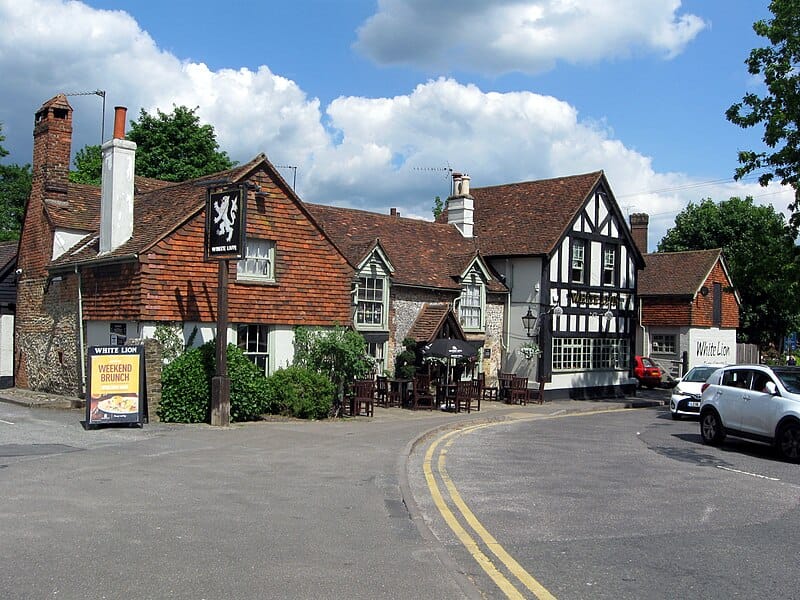
Keeping Your Property Pest-Free
Dealing with pests can be stressful, unhygienic, and damaging to both homes and businesses. In a busy city like London, pest problems are more common than many people realise. From rats and mice to bed bugs, cockroaches, ants, and wasps, infestations can spread quickly if not handled correctly.
At Panther Pest Control, we provide professional pest control services across London, helping property owners protect their spaces with safe, effective, and long-lasting solutions. This guide explains everything you need to know about pests in London, how to spot early signs, and why professional treatment is essential.
Find pest controller near you
Why Pest Control Is Essential in London
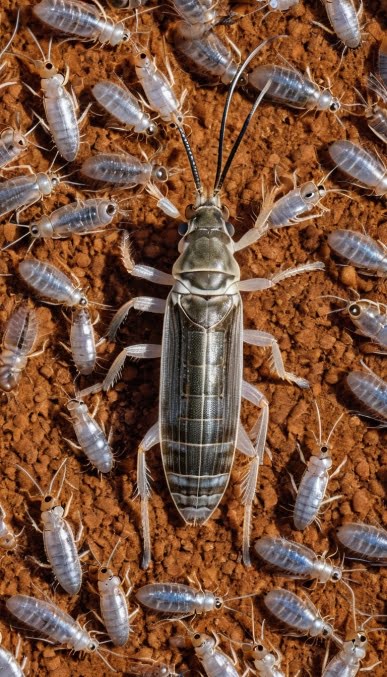


London’s dense population, older buildings, underground transport system, and abundance of food waste make it an ideal environment for pests. Residential homes, rental properties, restaurants, offices, and warehouses are all at risk.
Ignoring a pest issue can lead to:
-
Health risks from bacteria and contamination
-
Property damage caused by gnawing, nesting, and burrowing
-
Business reputation damage, especially for hospitality and retail
-
Costly repairs if infestations worsen
Professional pest control in London is not just about removing pests – it’s about preventing them from returning.
Most Common Pests Found in London Properties
Rodents (Rats & Mice)
Rats and mice are among the most serious pest problems in London. They contaminate food, chew through wires, and spread disease. Signs include droppings, scratching noises, gnawed materials, and unpleasant odours.
Panther Pest Control uses targeted rodent control treatments, including proofing, trapping, and prevention strategies.
Bed Bugs
Bed bugs are increasingly common in flats, hotels, and shared accommodation. They hide in mattresses, furniture, and cracks, feeding at night.
Common signs include:
-
Small red bites
-
Blood spots on bedding
-
Musty smells
Our bed bug pest control treatments are discreet, thorough, and designed to eliminate all life stages.
Cockroaches
Cockroaches thrive in warm, humid environments such as kitchens and bathrooms. They spread bacteria and trigger allergies.
Professional cockroach control is essential, as DIY sprays rarely solve the root of the problem.
Ants
Ant infestations are common in kitchens, gardens, and commercial spaces. While they may seem harmless, ants can contaminate food and become persistent.
We apply ant control treatments that target nests, not just visible ants.
Wasps
Wasps become aggressive during warmer months and can pose serious risks, especially to children and those with allergies.
Wasp nest removal in London should always be handled by trained professionals for safety.
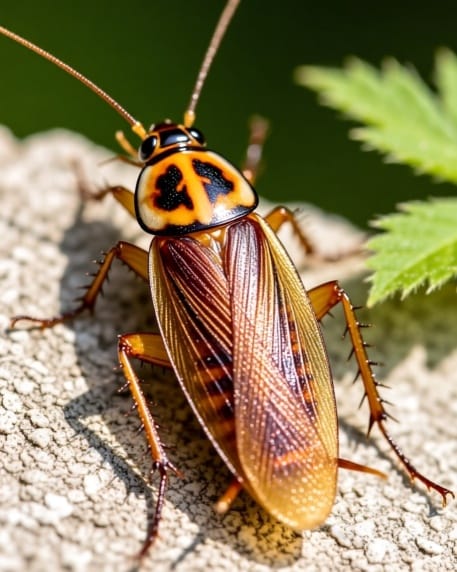


Signs You May Have a Pest Infestation
Early detection is key to effective pest control. Contact a professional if you notice:
-
Unusual noises in walls or ceilings
-
Droppings or smear marks
-
Damaged food packaging
-
Strong or unpleasant smells
-
Insect sightings during the day
-
Bites, rashes, or allergic reactions
Ignoring these signs often leads to larger infestations and higher costs.
Why Choose Professional Pest Control Instead of DIY
While shop-bought products may offer temporary relief, they rarely eliminate pests completely. Professional pest control offers:
-
Accurate pest identification
-
Targeted treatments based on pest behaviour
-
Safe, regulated products
-
Long-term prevention advice
-
Compliance with UK regulations
At Panther Pest Control, we don’t just treat the problem – we solve it properly.
Our Pest Control Process at Panther Pest Control
-
Inspection – We assess the infestation and identify entry points
-
Treatment Plan – Tailored solutions for your property and pest type
-
Safe Application – Family- and pet-safe methods where possible
-
Monitoring & Prevention – Advice and proofing to stop pests returning
We work with homeowners, landlords, tenants, businesses, and property managers across London.
Pest Control for Homes and Businesses
We provide residential and commercial pest control services, including:
-
Houses and flats
-
Rental and end-of-tenancy properties
-
Restaurants and cafés
-
Offices and warehouses
-
Retail and hospitality venues
Discreet service and minimal disruption are always a priority.
How to Prevent Pest Problems in the Future
Simple steps can significantly reduce the risk of infestations:
-
Store food in sealed containers
-
Dispose of waste regularly
-
Seal cracks and gaps
-
Fix leaks and moisture issues
-
Schedule routine pest inspections
Professional advice from Panther Pest Control London helps keep properties pest-free all year round.
Trusted Pest Control in London – Panther Pest Control
When it comes to reliable pest control in London, experience and professionalism matter. Panther Pest Control is trusted for delivering fast response times, honest advice, and proven results.
If you suspect a pest problem or want preventative protection, our expert team is ready to help.
Contact Panther Pest Control today for professional, effective, and long-lasting pest control solutions in London.

